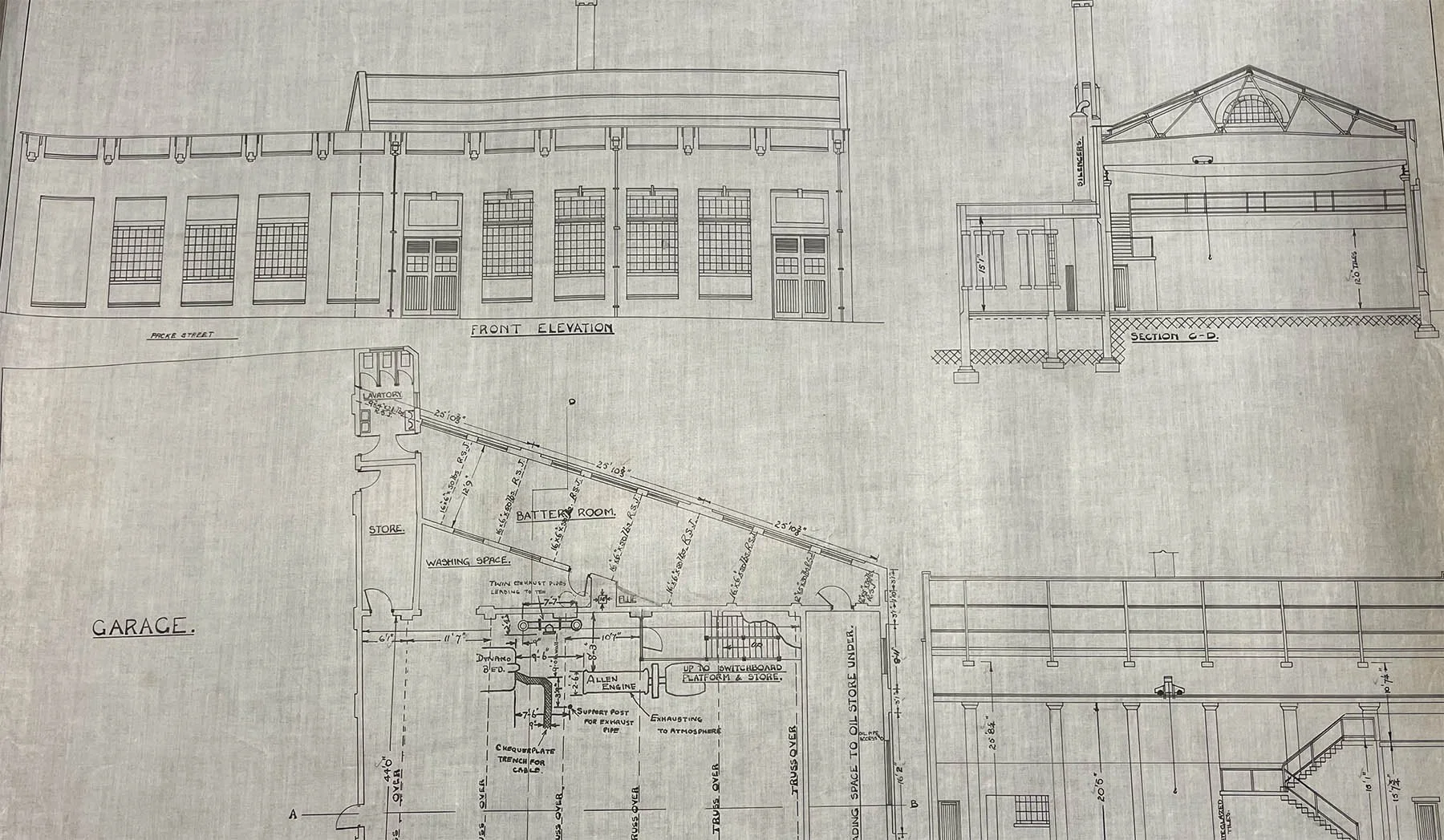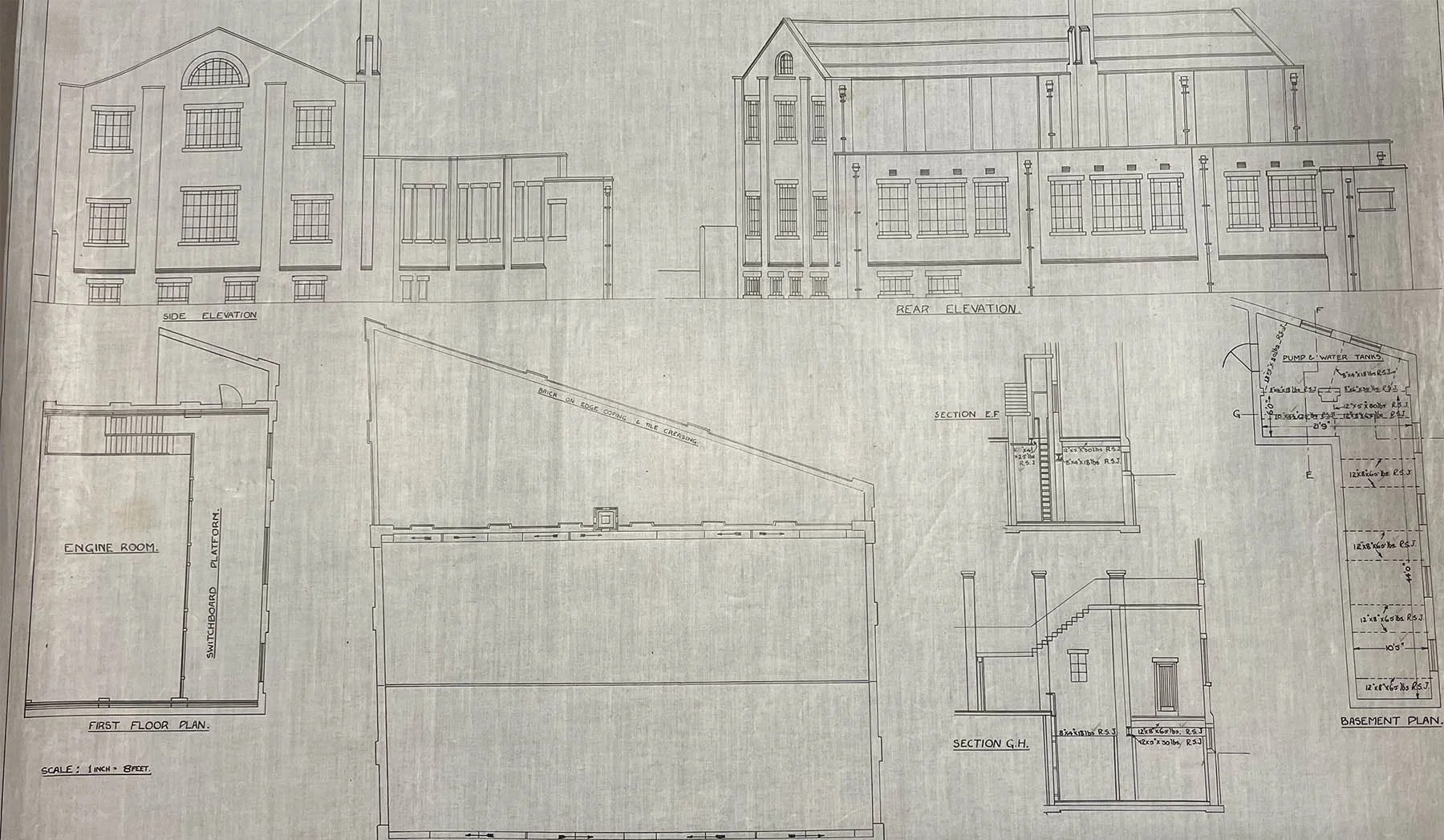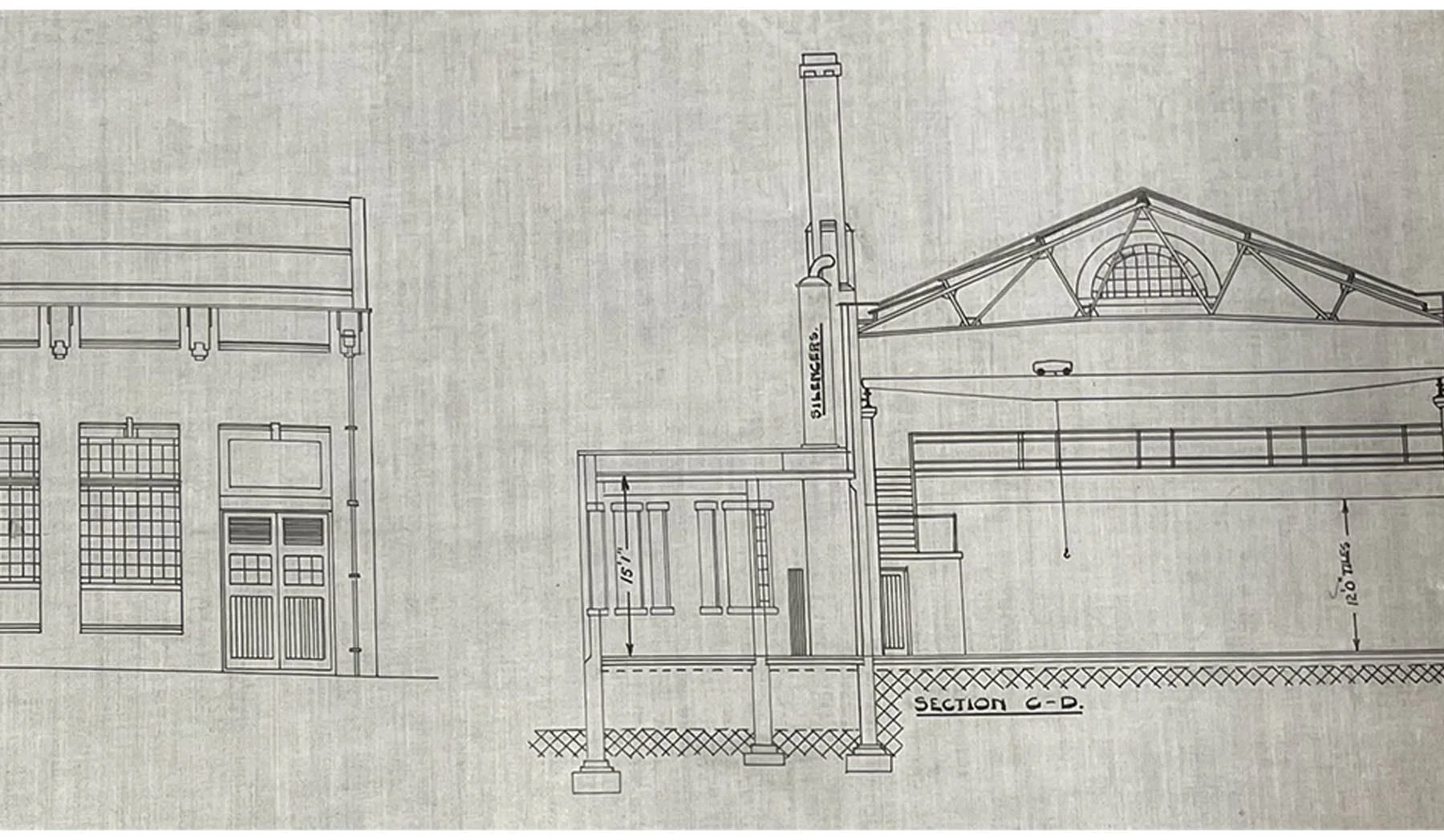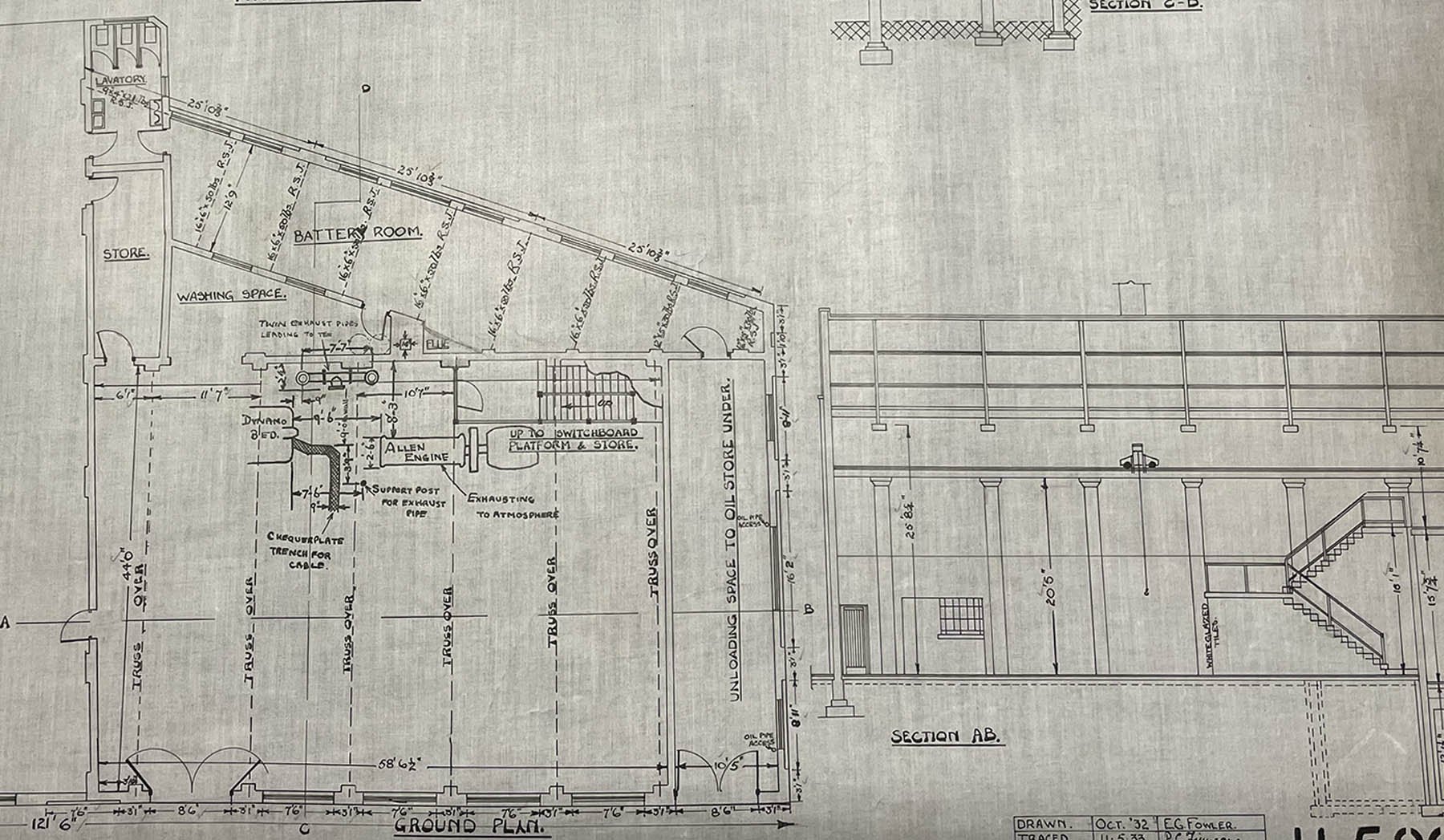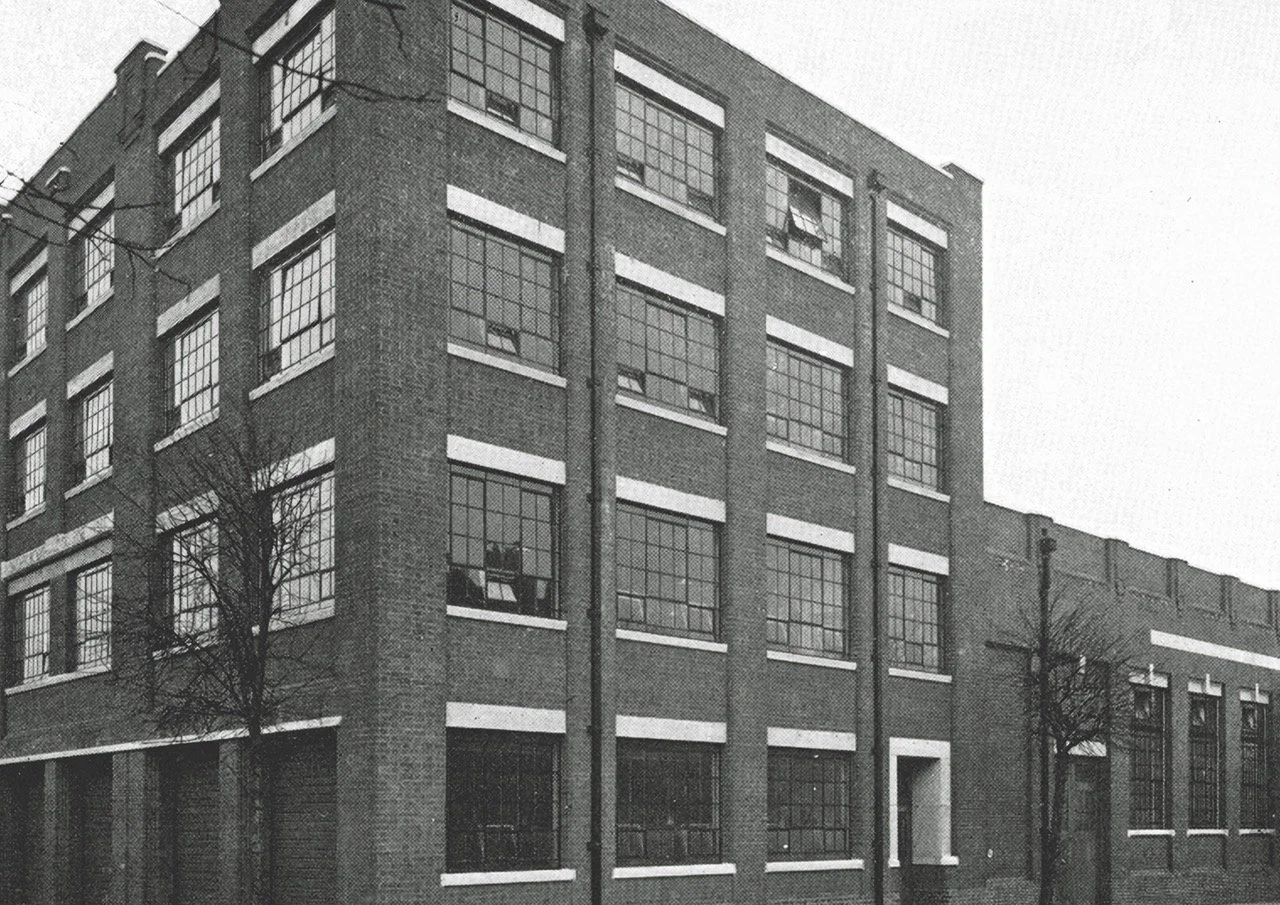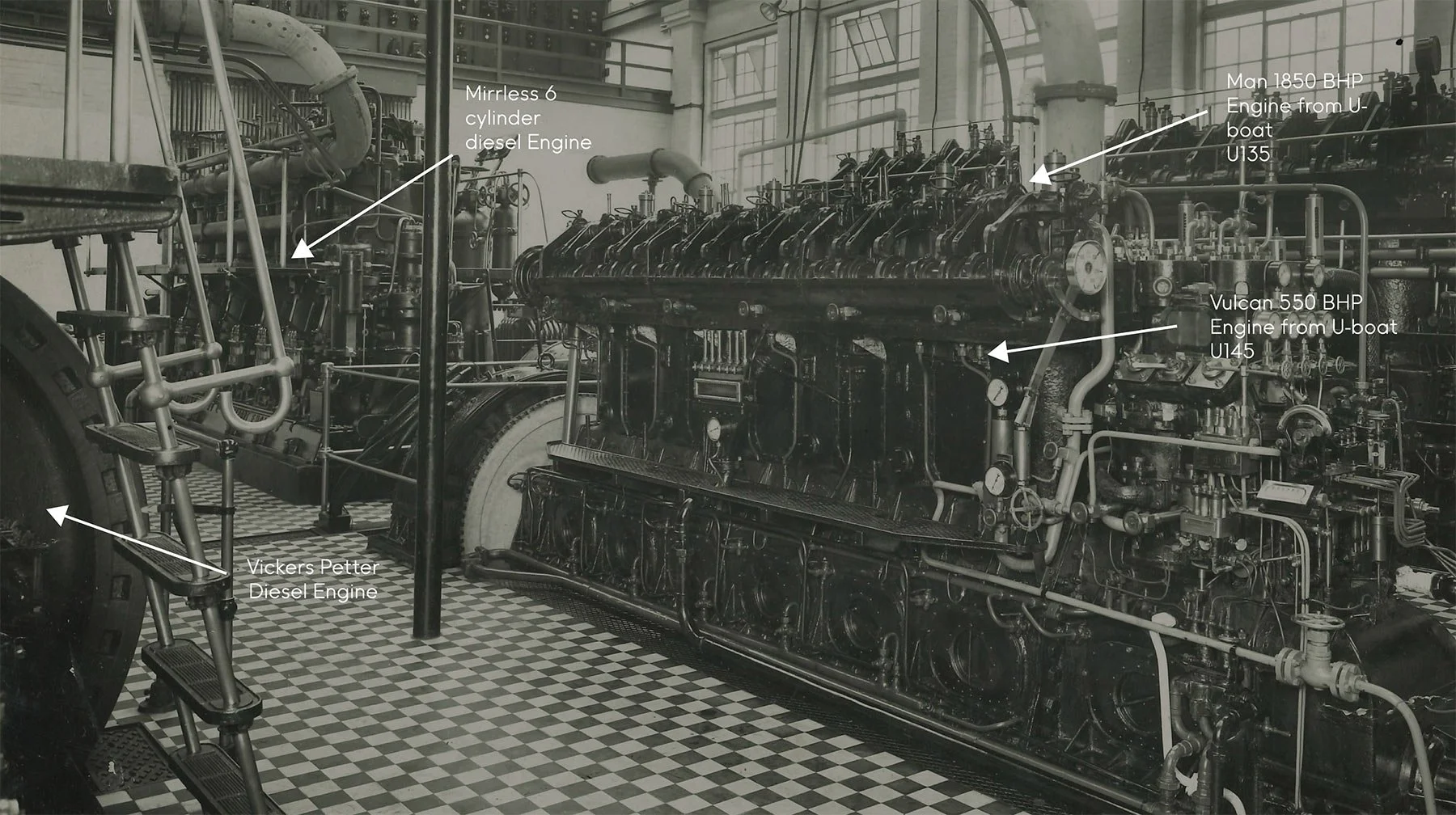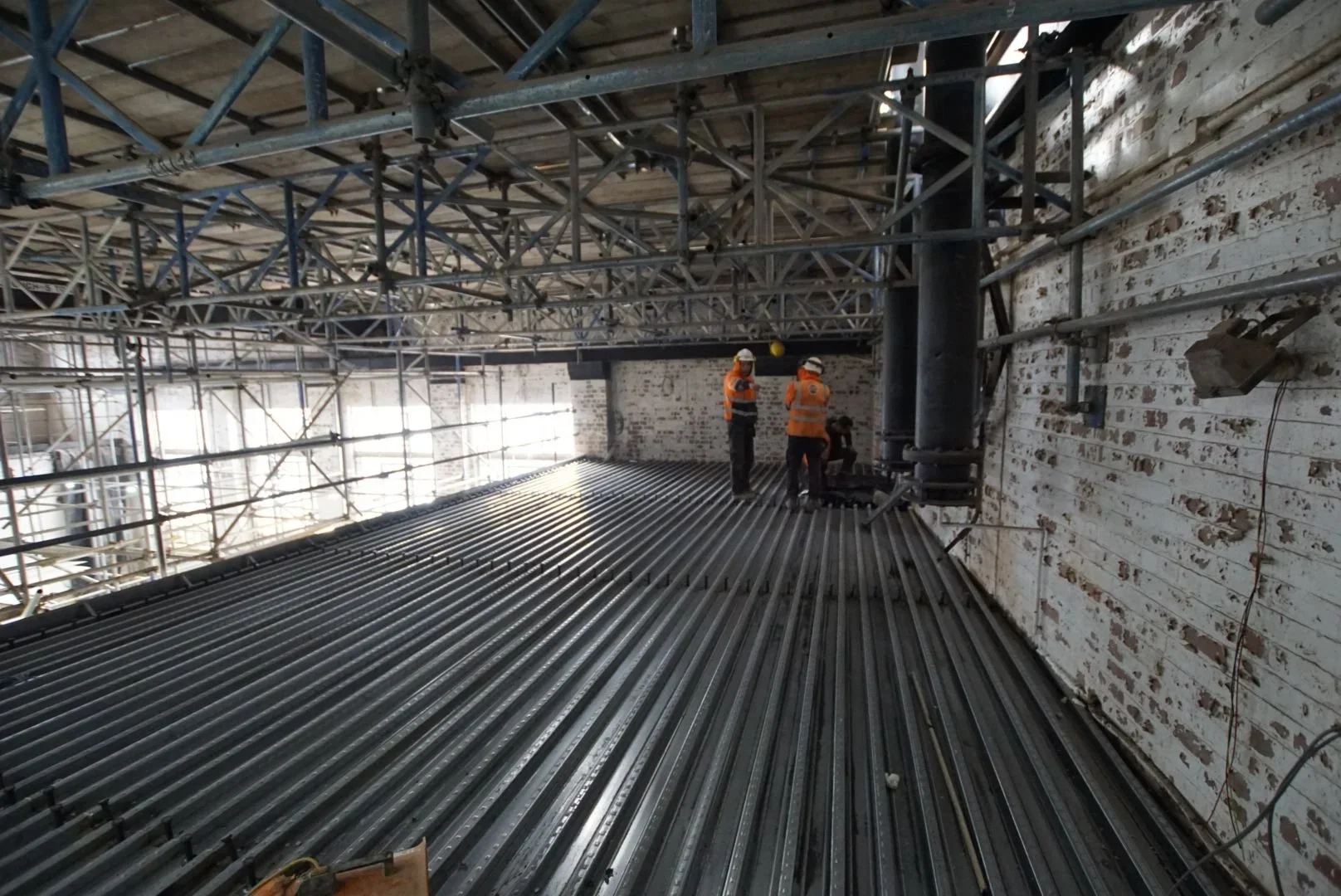
where we've been
The Generator: A Century of Creative Repurposing Since 1921

The Generator's remarkable story begins in 1921 when visionary J.F. Driver salvaged electrical equipment from decommissioned WWI U-boats to create Britain's first educational power station on Packe Street, serving as both a working facility and hands-on training ground for Loughborough College students. For nearly four decades, students gained practical experience in electrical generation and distribution through real-time data collection and troubleshooting, until power generation ceased in 1960 when the building connected to the national grid. The building then found new life as an art school until 2011, followed by a period as university storage before being reimagined once again into an Arts and Cultural centre. From wartime salvage to educational powerhouse to artistic venue, The Generator embodies over a century of creative repurposing and community service—a testament to the enduring value of visionary thinking and adaptive reuse.
The Origin Story (1921)
The first world war
During the First World War, the German Navy employed submarines (U-boats) with devastating success, sinking 5,798 British, Allied and neutral ships. The U-boats posed a significant threat to global maritime activity, disrupting supply lines and contributing to widespread losses at sea.
As a result, while the surface vessels of the German fleet were interned and monitored by the Allies after the war, the U-boats were deemed too dangerous to be left intact. The immediate surrender of the submarines was demanded due to the global concern over their effectiveness as a deadly war machine.
The U-boats were set to be sold for scrap, allowing for the removal and reuse of engines, motors, and other equipment. However, under the terms of the armistice, none of this salvaged equipment could be repurposed for military use.
At the time, the UK was facing a shortage of electrical generation equipment; a situation worsened by ongoing coal shortages. A few electricity undertakings saw an opportunity and decided to repurpose the diesel engines and generators from the U-boats.
These components could be sourced and commissioned much more quickly than new equipment, providing a faster solution to the pressing demand for power generation.
1921 - The Vision
In 1921, during a visit by Loughborough College students to the Naval dockyard to remove dynamos, motors, compressors, fans, switchgear, and batteries from decommissioned U-boats for use in the College’s electrical training, Mr. J.F. Driver stood on the deck of U-boat U126 and envisioned something remarkable: a dedicated power station for Loughborough College.
In a letter to Herbert Schofield, Driver recalled, “I remember coming back and telling you of my dream. I must thank you for your help and encouragement when everybody else thought it would be a failure.”
His vision was bold: “A real generating station where half-hourly logs, continuous wattmeter, and voltage records were kept.”
With Schofield’s support, Driver’s dream took shape. On a site in Packe Street, a building for a generating station was constructed—designed not only to provide practical experience for students but also to serve as an operational power station. This facility would allow students to engage in real-time data collection, troubleshooting, and hands-on training in electrical generation and distribution.

The Generator House
The Generator House - “Wooden Shed” 1925
Man 1850 BHP
Engine from U-boat
U135
Vulcan 550 BHP
Engine from U-boat
U145
The College Generating Station 1925

The 1930s Transformation
Following the success of the original generating station, plans were drawn up in the 1930s for its upgrade.
This expansion aimed to modernise the facility, increasing its capacity and efficiency to meet the growing demand for electrical power in the college and to accommodate advancements in electrical engineering education.
The upgraded station would continue to serve as a crucial training ground for students, reinforcing Loughborough College's reputation as a leader in hands-on technical education during a time of rapid industrial and technological progress.
Designed by Mr. E.G. Fowler, the County Architect, the plans in the 1930s proposed the construction of a new generating station around the existing wooden structure.
Remarkably, the wooden building was dismantled from the inside after the new station was completed, ensuring there was no interruption to the electrical output during the transition.
This innovative approach allowed the college to maintain its operations without downtime. Additionally, a single-story garage block, intended for motor mechanic training, was designed to face onto Fredrick Street, further expanding the College's practical training facilities.
Architectural plans and elevations
Expanding the vision (1930s)
During the planning process, it was decided to upgrade the originally proposed single-story garage block to a four-story building.
This expanded structure would not only house the motor mechanic training facilities but also accommodate the growing needs of other departments, this decision reflected the college’s broader vision to offer comprehensive, hands-on training in a variety of technical fields,

Opening day (1937)
During the planning process, it was decided to upgrade the originally proposed single-story garage block to a four-story building.
This expanded structure would not only house the motor mechanic training facilities but also accommodate the growing needs of other departments, this decision reflected the college’s broader vision to offer comprehensive, hands-on training in a variety of technical fields,
Electrical Infrastructure






